Your Custom Text Here

In a system of low wages and high tuition, it’s easy to assume that providers are to blame.
However, these issues are not due to mismanagement or poor business practices. Researchers estimate that it costs between $19,000 - $20,000 per child, per year to provide high-quality care – leaving a tiny margin for raises or added capacity.
School districts must weave together complex funding streams to provide quality pre-kindergarten for three- and four-year-olds; home-based businesses and centers struggle to make a profit, and nonprofits must raise hundreds of thousands of dollars to fill funding gaps that allow them to provide quality learning and work environments for students and staff.
Providers balance the need to offer affordable care for families while still covering the costs of running and maintaining a center. The average tuition covers approximately 40% of the true cost of high-quality ECE. Government subsidies cover even less: only 32% of the cost of high-quality care. Because most parents cannot afford to pay the true cost of care, providers must either raise funds from private sources or cut costs - often from workers’ salaries. While this may allow them to offer ECE at a semi-affordable price, over time, providers grapple with high worker turnover rates. These constraints of the system make it nearly impossible for providers to maintain both high-quality ECE and viable businesses.


The Challenge
Teachers and childcare workers are critical in the equation to provide high-quality ECE. Without a sustained, high-quality workforce, the provider cannot offer high-quality ECE even if they improve business practices. However, if providers increase the quality of care by paying workers more to decrease turnover and providing developmentally appropriate training and tools for their staff, they must find ways to support increased costs. While some providers have fundraised the difference, there are not enough resources to meet this gap for an entire region and, ultimately, the cost is passed on to families. Some families may even be forced to withdraw if a provider improves in quality and increases tuition. For children eligible for subsidies, the increased costs of care could make providers even less likely to accept subsidies since the increase in subsidies that accompany accreditation would only cover a portion of the increased costs.
Some providers may choose not to pass on the costs to their families. However, without sustained funding from alternative sources, they will not be able to maintain their staff and the investment made in quality improvement will be lost.
More ECE seats could be made available, and the quality of education by improving the curriculum and increasing teacher wages. However, without sustained funding and an intentional focus on enrolling children who are most likely to benefit from early care and education subsidies, inequities will persist. Additionally, simply creating seats without focusing on the system's constraints, such as the lack of teacher/childcare worker candidates, may lead to less enrollment over time as more parents experience the system and decide it is unsafe or better to keep their children at home.

The Opportunity
Existing programs are working to expand pathways to licensing and accreditation free of charge. These credentials incentivize providers to provide higher quality of care to their children and open pathways to access increased reimbursement from subsidies. As providers’ quality improves, positive word of mouth spreads, increasing parents’ and families’ trust in providers, making them more likely to enroll their children in the future and making the providers’ businesses more sustainable. More children in high-quality early childhood programs in turn leads to more children prepared for kindergarten and educational environments after age 5, thus helping children, families and the community reap the many benefits of high-quality ECE.
SEE THE OTHER SYSTEMS
We shape education realities for children, by understanding current
systems + strategies through rigorous research.


